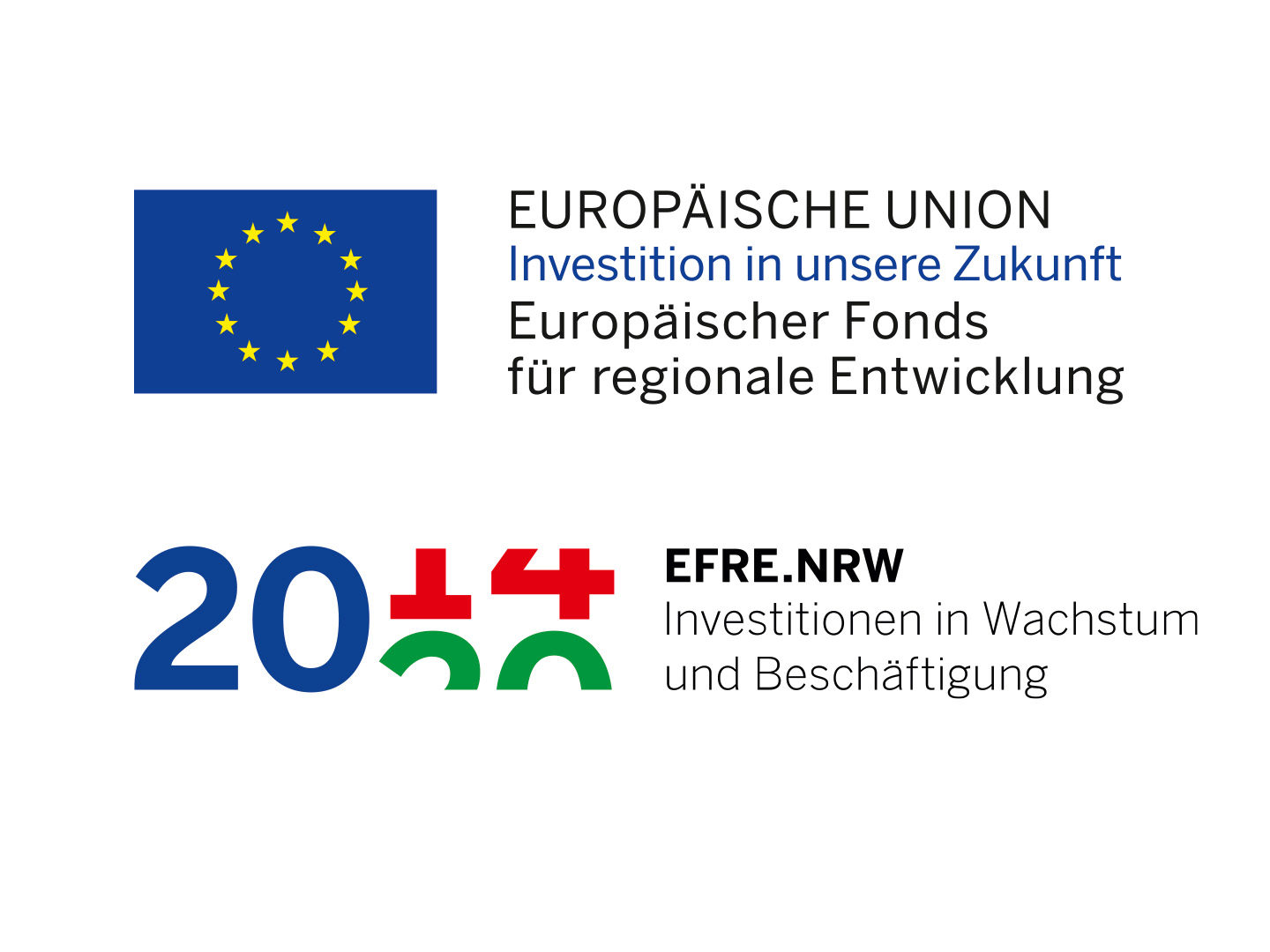The "Geothermal paper drying" research project successfully investigated how geothermal heat can be integrated into the paper drying process at the Kabel paper mill site in a technically and economically viable way and how it can replace imported fossil fuels such as natural gas. The project partners provided relevant findings as a basis for the further development of the industrial use of renewable, deep geothermal heat.
Within the sub-project Integration into the processes of the paper industry, Kabel Premium Pulp & Paper defined framework conditions and requirements from the user and industry perspective. The focus: the continuous synchronization of the framework conditions with regard to energy and production processes as well as the consideration of the spatial conditions on the mill site.
Within the Geothermal exploration and development concept sub-project, the Fraunhofer IEG investigated the geological formation of Devonian mass limestone and its use as a hydrothermal reservoir. The results of the 2D seismic measurements carried out indicate that the mass limestone in the area of the paper mill site lies at depths of 2.6 to 3.6 km, which are suitable for geothermal process heat utilization. Both an initial shallow exploratory borehole in the nearby Steltenberg quarry and laboratory tests on mass limestone samples provided important data on the reservoir properties. In particular, a strong (hydrothermal) dolomitization due to the location in the area of the Großholthausener Sprung and the Ennepe overthrust could be proven. Based on the reservoir parameters determined, analytical and numerical thermo-hydraulic-mechanical modeling was carried out with regard to the possible thermal extraction rates and the geomechanical behavior. For further underground exploration at the site, a preliminary geological profile was created on the basis of the structural data obtained in the above-mentioned investigations and a drilling concept for a first deep exploratory well was developed.
Within the process development sub-project for process steam generation, Fraunhofer UMSICHT was able to demonstrate that deep geothermal energy is highly suitable for providing industrial process heat and process steam as a base-load-capable, renewable energy. A wide range of possible process routes could be developed and identified for the upgrading of deep geothermal heat to industrially usable process steam. The basic technical feasibility of utilization in the entire paper industry (process steam at 100-240 °C) was demonstrated for the range of reservoir temperatures that can be expected in Germany (90-180 °C). The large number of possible process routes requires an individual evaluation and selection for each application. For this purpose, a characteristic number-based evaluation methodology was developed as part of the project and integrated into the simulation models used.
The results and findings of the project can be transferred to other sites in the paper industry and adapted to other industries and heat sources by further developing the models and methods. With the close proximity of outcropping mass limestone accessible for geoscientific investigations in the Steltenberg quarry in Hagen and the site of the KPPP paper mill, which is only approx. 9 km north of the outcrop, there is currently a unique constellation in the Hagen region for low-risk exploration of the reservoir formation of the mass limestone in NRW. Following successful exploration in the Hagen area, the concept for utilizing the characteristic spring tectonics and its fault systems in the Devonian mass limestone can be applied, transferred and further explored in the Rhine-Ruhr area. The (further) development and optimization of promising process routes and their technological subcomponents and systems for upgrading deep geothermal heat to industrially usable process heat addresses a broad field of application and should therefore be further advanced.
 Fraunhofer Institute for Environmental, Safety and Energy Technology UMSICHT
Fraunhofer Institute for Environmental, Safety and Energy Technology UMSICHT